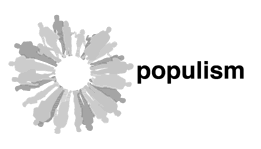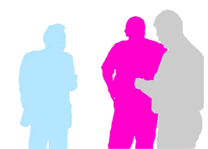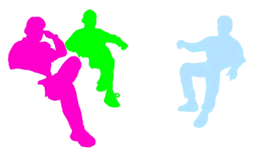 |
Home |
 |
||||||
 |
 |
|||||
  
|
Kirstine RoepstorffIn 1999 the enthusiasm was far from overwhelming when Kirstine Roepstorff exhibited a series of banners with the title Terror and Therapy in New York. On the banners one could read a text about the commonalities between terror and therapy. One of Roepstorff’s points was that both terror and therapy are about trying to break down the status quo – whether one attacks the physical pillars of society, or one attempts to loosen up ingrained and destructive patterns of thinking in an individual. Both the terrorist and the therapist work with the identification of the “normal”. They are both signs of breakdown of the system – or as the artist herself puts it: “Both methods are the result of not feeling in a constructive exchange with the surrounding society, and not being able to create and live out ones personal values.” Roepstorff did not emphasise one praxis over the other. Neither did she claim that terror is the same as therapy; rather that the two concepts are structurally related. Nonetheless a lot of people in New York City, the world’s capital of therapy, became pretty upset about her work.
"Pink, 2004" (collage paper, pearls, 230 x 226 cm) Courtesy Gallery Christina Wilson. Photography: Anders Sune Berg. |
|||||||||


